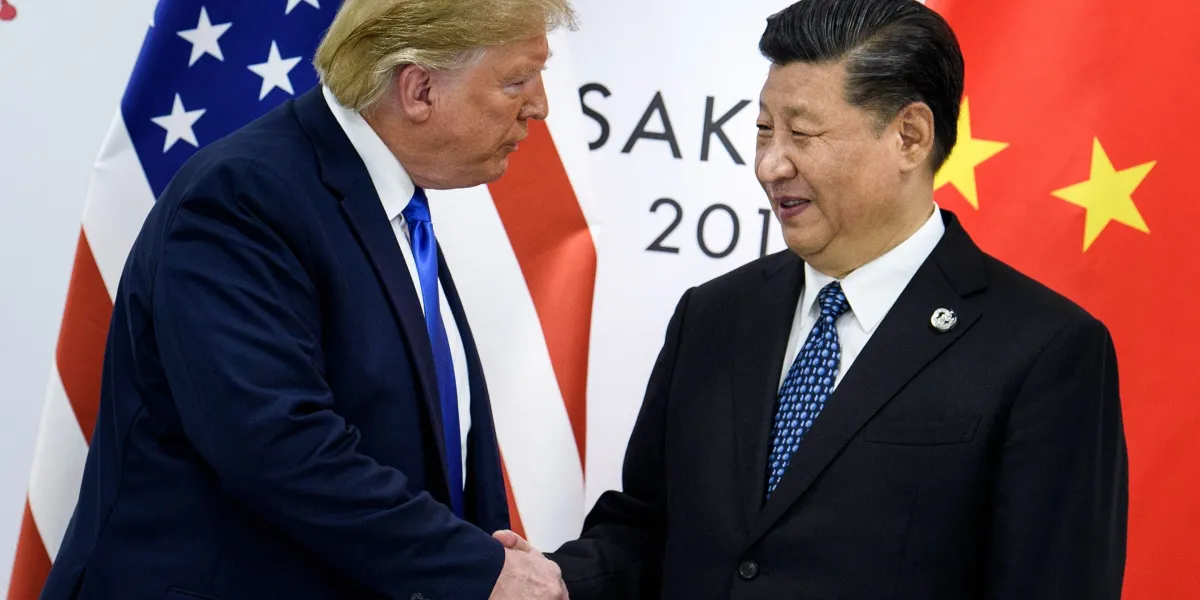Copyright Fortune

The firm plays a key role in the global supply and trade of grains, oils, and food products, with its core trading arm, COFCO International, reporting $38.5 billion in revenue last year, or 108.4 million metric tons of agricultural crops and commodities. It also just put in a purchase order for 180,000 metric tons of U.S. soybeans for a December and January shipment, Reuters first reported on Tuesday, citing two oilseed traders. This marks China’s first purchase of U.S. soybeans in months. COFCO did not immediately respond to Fortune’s request for comment. Experts with knowledge on the transaction told Reuters that the purchase volume was small, only amounting to 3 cargoes, or shiploads, of soybeans, and that demand for the crop from the U.S. isn’t expected to significantly increase in the near future after recent large purchases from South America. China accounts for about 60% of the world’s soybean imports, and in 2024 China made up 51% of U.S. soybean exports. But trade tensions have driven a wedge between the U.S., which is the second-largest producer of soybeans, and China—one so large that China had not previously put in any orders to any of the nation’s 500,000 U.S. soybean growers’ autumn harvests. In effect, farmers in rural America have warned of an impending economic crisis from the compounding factors of losing their top export market, falling crop prices and high costs. But Trump and China’s president are slated to meet for talks around trade and tariffs on Thursday, during the Asia-Pacific Economic Cooperation (APEC) Summit in Busan, South Korea. The planned talks come after Treasury Secretary Scott Bessent hinted at a de-escalation in the trade war between the countries under a deal framework he negotiated. In an interview aired Sunday on CBS News’ Face the Nation with Margaret Brennan, Bessent said the additional 100% tariff on China that Trump threatened earlier this month is “effectively off the table.” The 100% tariff threat followed China’s announcement of the strictest export controls to date, including a ban on any rare earths for foreign military use and a requirement for foreign entities to obtain Chinese government approval on products containing even trace amounts of Chinese-sourced rare earths. The U.S. uses rare earths for military purposes and AI development. “So I would expect that the threat of the 100% has gone away, as has the threat of the immediate imposition of the Chinese initiating a worldwide export control regime,” he said. Bessent declined to give specific details to CBS about the trade agreement, but said soybean farmers will be “extremely happy with this deal for this year and for the coming years,” and provided a positive outlook for U.S. soybean exporters. “I believe that we have brought the market back into equilibrium, and I believe that the Chinese will be making substantial purchases again,” Bessent said. “Leverage diplomacy” Babak Hafezi, adjunct professor internațional business at American University, told Fortune negotiations between China and the U.S. have been marked by “leverage diplomacy.” “The Chinese understood that they could not renegotiate unless they had leverage, and they used rare-earth minerals as a key lever, bringing the U.S. to the table,” Hafezi said. After the move in mid-October, negotiations began to move much faster, including the U.S.’ requirement to purchase soybeans that COFCO has not purchased this year, he added. “This is a quid pro quo in the negotiation process and helps us stabilize relations with China more quickly,” Hafezi said.



